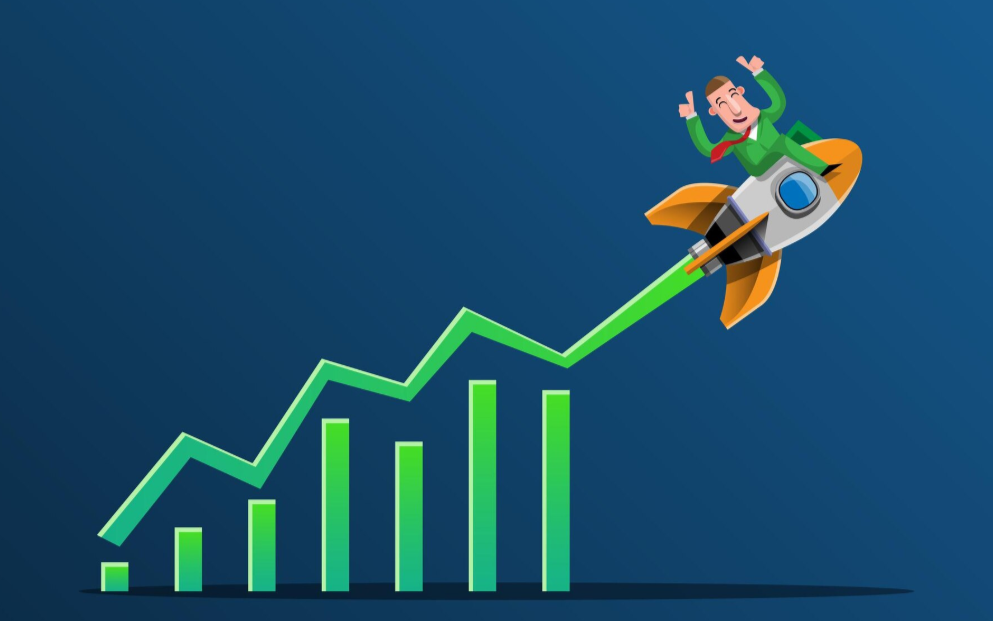
Many people think of debt as something to avoid at all costs, but in the business world, debt can actually be a valuable tool for growth. When managed smartly, using debt to invest in your business can provide the capital needed to expand operations, increase inventory, upgrade equipment, and take advantage of new opportunities. This strategic use of debt can help businesses increase profits and gain market share. However, it’s important to recognize that debt also comes with risks, and mismanaging it can lead to challenges like debt settlement negotiations or worse.
Understanding how to use debt as a growth engine rather than a burden requires a thoughtful approach and a clear plan. Let’s dive into the ways business owners can leverage debt wisely and build a stronger future.
Why Businesses Choose Debt for Growth
Access to cash is often the biggest hurdle when a business wants to expand. Whether it’s launching a new product line, opening a new location, or investing in marketing campaigns, these growth initiatives require upfront capital. For many businesses, taking on debt is a practical way to secure those funds without giving up ownership or control.
Compared to equity financing, debt allows business owners to maintain full ownership, which can be important for long-term vision and decision-making. Plus, the interest on business debt is often tax-deductible, making it a more cost-effective way to borrow.
The Role of Debt Settlement in Managing Growth-Related Debt
While debt can fuel growth, sometimes things don’t go as planned. Cash flow problems, unexpected expenses, or market downturns can make debt payments hard to keep up with. When that happens, debt settlement becomes an option to negotiate reduced balances or more manageable terms with creditors.
Debt settlement can be a useful tool for businesses struggling to recover from overextension, helping them avoid bankruptcy and get back on solid financial footing. It’s a reminder that managing debt responsibly means not only borrowing wisely but also knowing when and how to seek help if needed.
Evaluating Your Business Needs Before Borrowing
Before taking on debt, it’s crucial to assess your business’s actual needs and the expected returns from the investment. What exactly will the borrowed money be used for? Will it generate enough additional revenue or savings to cover the cost of borrowing and still produce profit?
A clear business plan and financial projections help you make informed decisions. For example, if you’re considering buying new equipment, calculate how much more product or service capacity it will create and how quickly you’ll recoup the investment.
Borrowing without a plan risks piling up debt without improving your bottom line.
Choosing the Right Type of Debt
Not all debt is created equal. Businesses have many options: term loans, lines of credit, equipment financing, and more. Each serves different purposes and comes with different terms.
Lines of credit offer flexibility for short-term cash needs, while term loans work better for fixed investments like property or equipment. Equipment financing lets you spread out payments tied directly to the asset you’re buying.
Understanding which type fits your specific goals and cash flow situation reduces risk and increases the chance of successful growth.
Maintaining Healthy Debt Levels
Taking on debt for growth is smart, but it’s important to avoid overleveraging. Too much debt can strain your cash flow and limit your ability to handle unexpected expenses. Maintaining a healthy debt-to-income ratio keeps your business stable.
Regularly reviewing your financial health helps you stay on track. Monitoring key metrics like your debt service coverage ratio (the ability to pay debts with operating income) can alert you before problems arise.
Remember, growth is a marathon, not a sprint. Sustainable borrowing keeps you moving forward without risking your company’s future.
Building a Repayment Plan Into Your Strategy
Debt isn’t just about getting the money—it’s about paying it back responsibly. Integrate your repayment plan into your growth strategy from the beginning. Know your payment schedule and ensure your cash flow supports it.
If possible, build extra room into your budget for early repayments or unexpected costs. Communicating proactively with lenders about your situation can open doors to renegotiation if needed.
A repayment plan aligned with your business cycle and growth goals prevents debt from becoming a burden.
Using Debt to Build Business Credit and Reputation
Successfully managing business debt can improve your credit rating and reputation with lenders. On-time payments and responsible borrowing build trust, making it easier to access capital at better rates in the future.
This improved credit standing can be an asset during expansion phases or when negotiating contracts and partnerships.
Final Thoughts
Debt is a powerful tool for business growth when used strategically. It can provide the necessary funds to invest in opportunities that drive revenue and market share. However, it comes with responsibilities and risks that require careful planning, monitoring, and sometimes tough decisions like debt settlement.
By understanding your business’s financial needs, choosing the right debt products, and maintaining healthy borrowing levels, you can harness debt to fuel sustainable growth. Approached wisely, debt becomes not a weight but a lever that propels your business forward into new possibilities.

